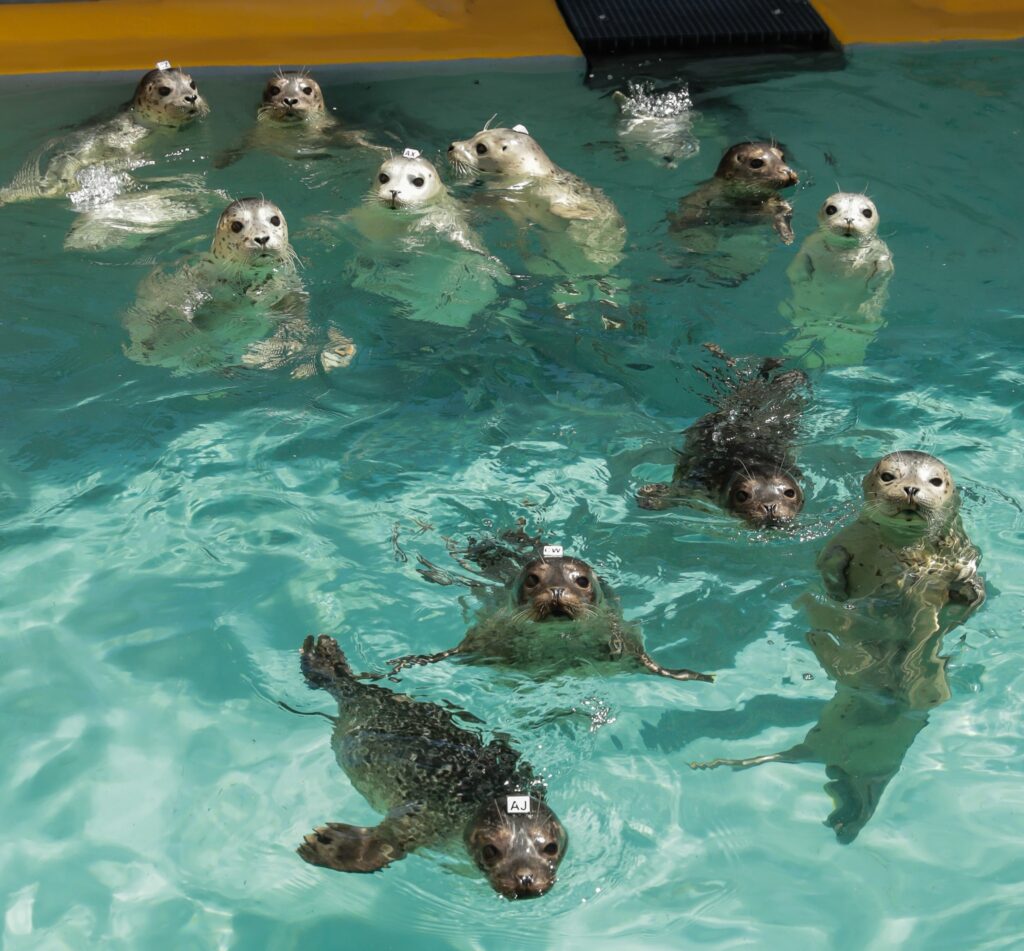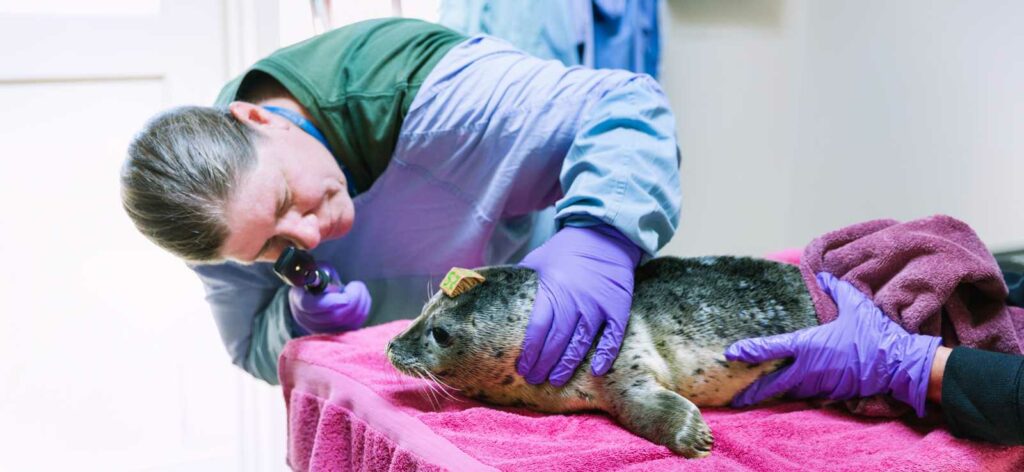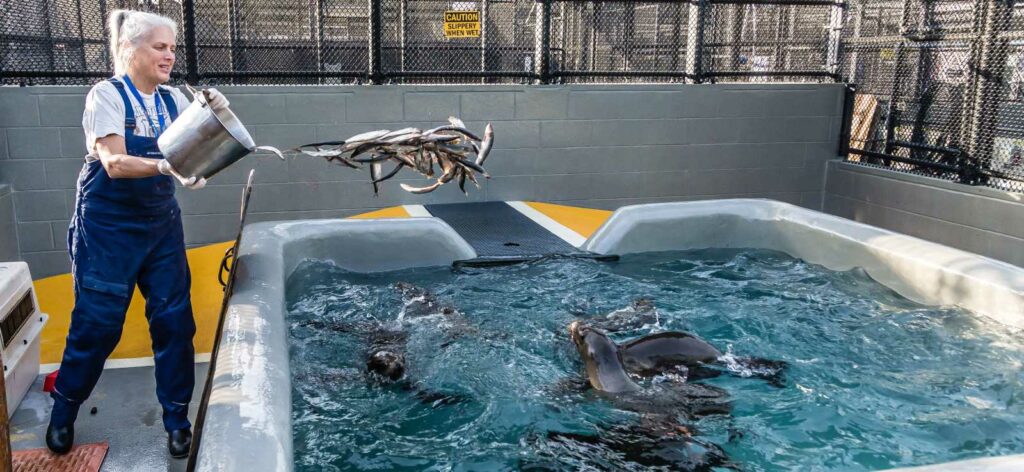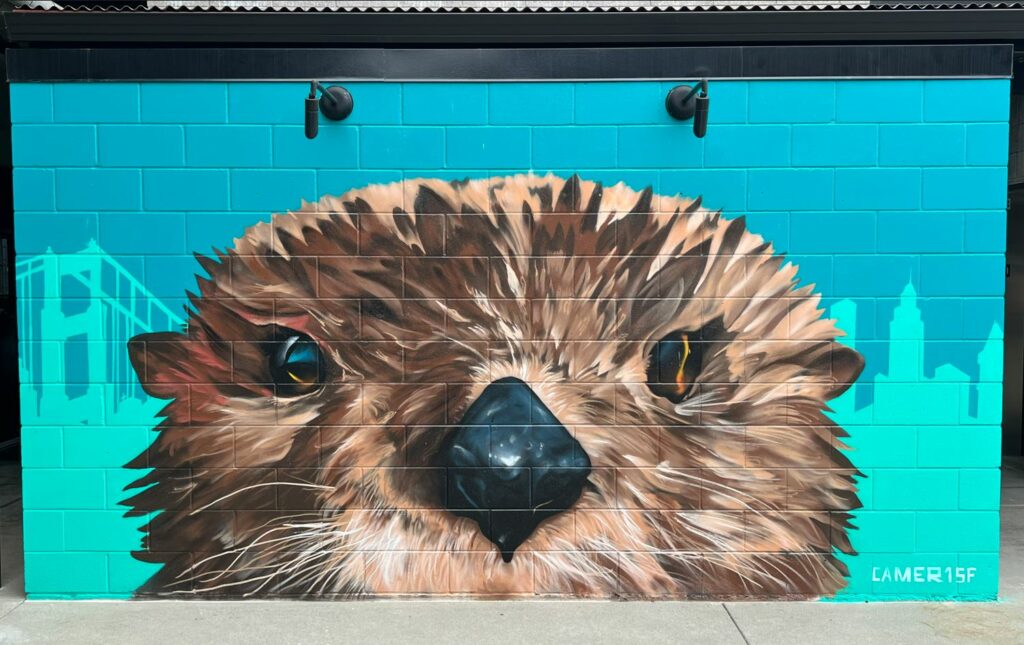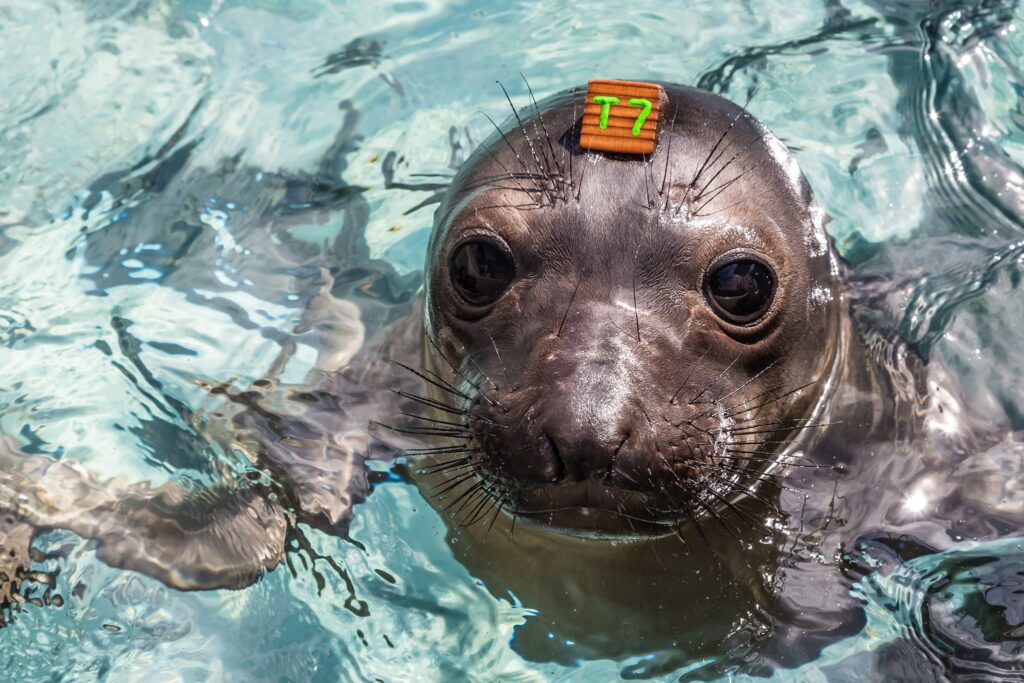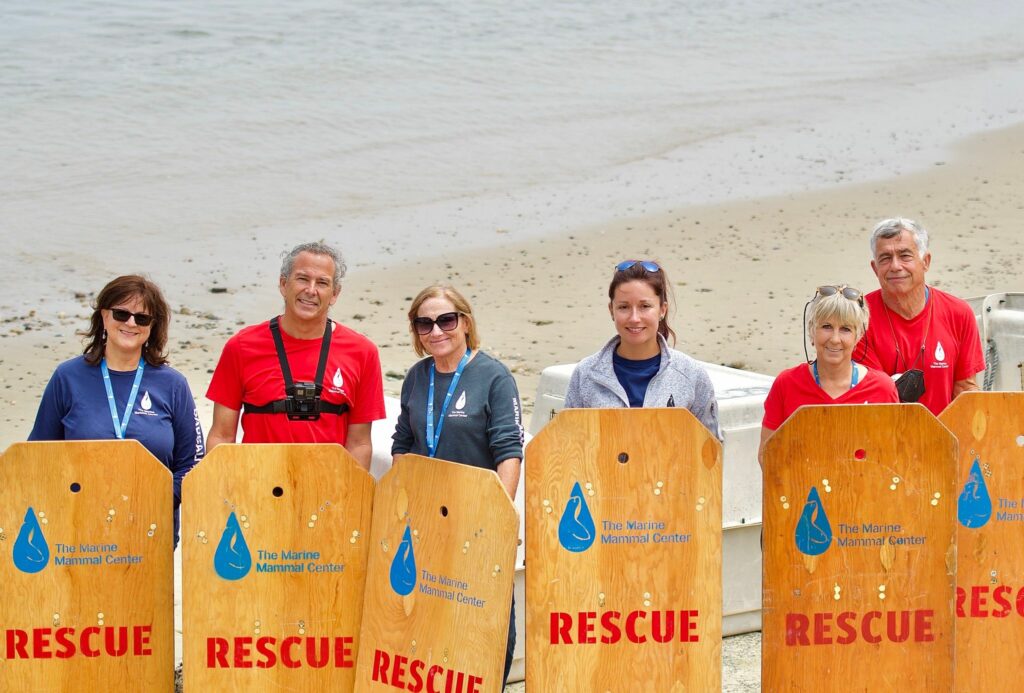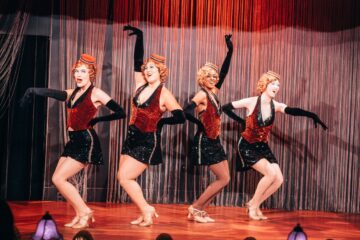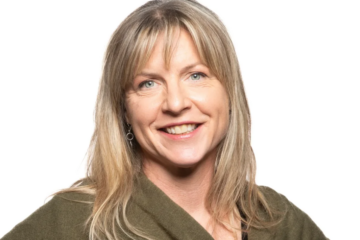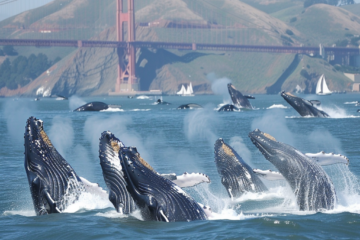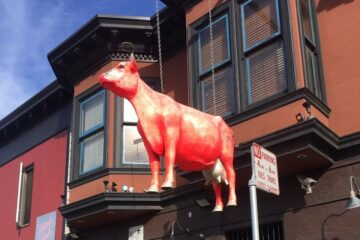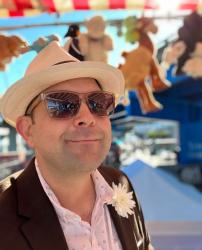Saving Sea Creatures On The California Coast: The Marine Mammal Center
At the foot of the Marin Headlands, overlooking Rodeo Beach lies the largest marine mammal hospital in the world. A care center that houses, cures, and rehabilitates the sea otters, seals, and sea lions (among many other species) that are in trouble, hurt or sick, from up and down our California coastline.
From San Luis Obispo to Mendocino, if a seal pup is in trouble, people call the Marine Mammal Center in Sausalito, and the center’s small army of marine biologists, veterinarians, volunteers, rescue divers, doctors, emergency technicians and more, are at the ready to help preserve and protect California’s warm-blooded marine life.
We had the pleasure of touring their newly renovated facilities this week, with Community Engagement Manager Laura Gill. We got to see brilliant biologists and veterinarians in their natural habitat, mainly studying and rehabilitating the Pacific Ocean’s cutest creatures.

Stuart and Kayla (part of our team of tourists) at the Marine Mammal Center this August, Sausilito CA. Photo @alexmaksf
From the center’s halls, tours can observe veterinarians through glass panels, while they treat Southern See Otters or feed Northern Fur Seals, and since it’s a fully functioning hospital, there are also operations and autopsies being performed too.
Visitors can usually catch the “lunch rush” between 11am and 12pm Friday to Monday when the animals are fed with fish flying into pools:
And if you’re an aspiring marine lab technician or just a necropsies fan, Fridays and Mondays are good days to sea lab work and animal autopsies in action. If you’re into incredibly cute seal pups, then the Spring/Summer time is when you want to visit.
And don’t forget to gaze at the awesome mural work by San Francisco-based artist Cameron Moberg @camer1sf as well.
Or the wonderful wildlife photo exhibit by photographer Bill Hunnewell, an exhibition space at the center that will rotate photography and/or art like an art gallery.
Curious about the hat tags? “That’s our #1 asked question!” Digital Media Manager Katie D’Innocenzo tells us. “Those are what we call hat tags (or more informally party hats). They are temporary, biodegradable tags attached with a non-toxic waterproof glue. These unique tags allow our highly trained animal care teams to quickly and easily identify patients. This allows them to provide individualized care and track patient progress, like making sure patients are eating and getting the right medication. They cause no harm to the animal and will fall off on their own, or when the seal undergoes its annual molt. Our patients don’t seem to notice them – even when they fall off in their pens/pools or on other patients’ heads.”
Now I must stress that this Center is not a petting zoo, it’s a hospital, so don’t expect to go swimming with the sea lions! You can observe the pools and pens from a distance, after all, many of these animals were brought there on the brink of starvation, or because they were caught in a fisherman’s net or in a shark’s mouth, or they simply got really sick. They are there to be rehabilitated, to be studied and then released back into their natural habitat!
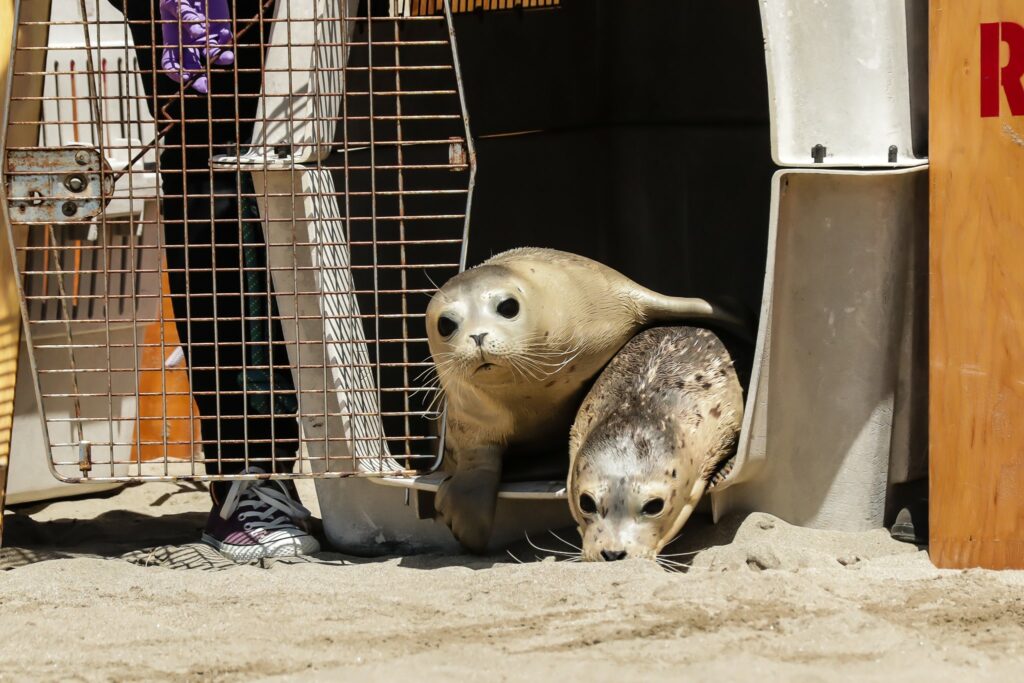
Since 1975, they’ve rescued more than 24,000 marine mammals along 600 miles of California coastline and the Big Island of Hawaiʻi. © The Marine Mammal Center.
The center has 55 pens and pools to house animals, and if you’d like to be hands-on, and get up close and personal with the marine life, then check out all the awesome volunteer and internship opportunities at the Marine Mammal Institute and more, listed at the bottom of this article!
With that said, the center has great educational materials, everything from life-sized marine taxidermy to touch screen multimedia and live streams of marine life in action, it’s the ideal place to bring your aspiring marine biologists to see real science and medicine at work.

Inside the newly renovated Marine Mammal Center in Sausalito CA. Renovations to its Visitor Center and Marine Mammal Rescue Dispatch and Life Support Building were made possible by a significant donation from Ken Hao and Kathy Chiao, longtime residents of Stinson Beach.
The Center operates the busiest marine mammal rescue hotline on the West Coast, responding to 10,000-15,000 calls per year. The improved building now has a new and unique office space specifically tailored to the needs of the Center’s dispatch and life support teams, which include many volunteers. The space, which is located near the pens and pools, will enable the Center to safely and efficiently support the staff and volunteers engaged in the core work of rescuing and rehabilitating sick and injured marine mammals.
Rescued Sea Otter’s Road to Recovery
“We are the caretakers for over two-thirds of the California coast, so it is important that our facility is well-equipped to care for our growing number of patients,” said Dr. Jeff Boehm, Chief External Relations Officer of The Marine Mammal Center. “These renovations allow us to effectively carry out our mission of advancing global ocean conservation in all phases – rescue and rehabilitation, scientific research and education.”
Help rescue and rehabilitate marine mammals, educate the public, and so much more.
Adults Volunteer here!
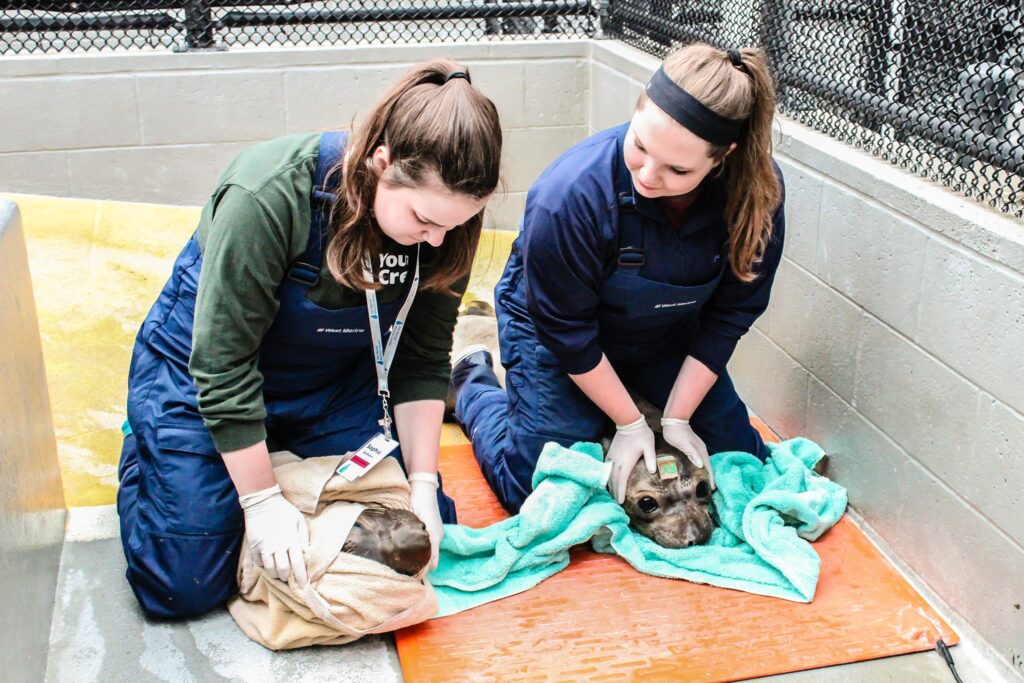
“If your teen dreams of being a marine biologist, veterinarian or doctor and wants to get hands-on experience with necropsy or animal husbandry, volunteering at this center is an invaluable addition to any resume.” – The Mermaid Scientist
Youth Crew Volunteers
Youth Crew is an annual service-learning program for high school students aged 15-18 in the San Francisco Bay Area who want to volunteer at The Marine Mammal Center. Applications are accepted in the fall, and the program runs from January through August the following year, during which participants will accumulate about 120 hours of volunteer service. Youth Volunteer here!
Internships
A few different internship and externship opportunities are available through the teaching hospital initiative, information about those opportunities can be found the website here, and current openings can be found here!
Visit the Marine Mammal Center in Sausalito
Free Tickets Must Be Booked Online in Advance. Tours are highly recommended for an enhanced visitor experience. Learn more about tour options.
Center Hours
Friday to Monday 10am – 4pm. Except Thanksgiving, Christmas and New Year’s Day
Location
The Marine Mammal Center is located at 2000 Bunker Road, Fort Cronkhite, Sausalito, CA 94965.


